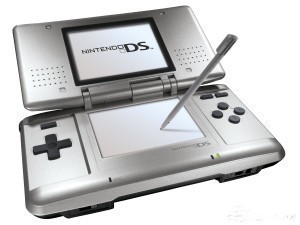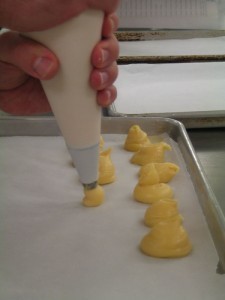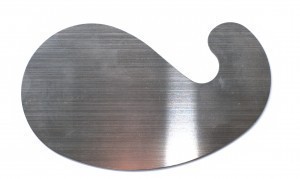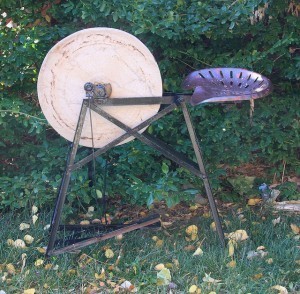Fork Sizes
Forks are one of the most common things you see on a 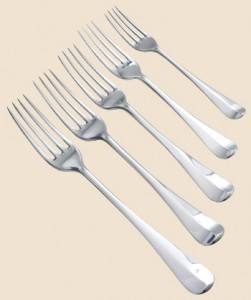 daily basis. You sit at a table, grab a plate and fork, and then have a meal. These things are so common that sometimes they are taken for granted. Sometimes we don’t even take time to appreciate forks and how they make life a lot more convenient. We usually overlook fork sizes and do not appreciate the types of forks out there.
daily basis. You sit at a table, grab a plate and fork, and then have a meal. These things are so common that sometimes they are taken for granted. Sometimes we don’t even take time to appreciate forks and how they make life a lot more convenient. We usually overlook fork sizes and do not appreciate the types of forks out there.
Looking Back Into History
Forks have been around for quite some time. It is quite easy to link Neptune’s trident with a fork, though the Roman mythological god’s three-pronged spear is not really a fork you would use at home. It is just too big compared to usual fork sizes to say the least. The earliest forks ever made only had two tines, compared to Neptune’s trio. Two tined forks are used more for poking and spearing rather than scooping up your food.
There are ancient Roman forks displayed in many European museums. Some of these ancient implements date back to the second century. It is interesting that the people from the west took a bit of time before making forks commonplace among them. Most would consider using forks as an oddity back then and people just relied on knives and spoons instead.
Some claim that it is the French who started to make use of forks. However, it is also claimed that they only recommended their use only for food that may stain one’s fingers. Nevertheless, it is known that Italians have made use of forks on their tables as early as the 11th century. But it only became popular in the 13th or 14th century.
It took several centuries more, during the 16th or 17th century to be exact, before forks were given their spot on the table. The French made it a custom for a guest to bring their own spoon and fork. The king and queen were described as being seated at the table each with their own cadenas, a box that contains a spoon and fork that is customarily brought by guests.
The English were slower to adopt the use of this utensil though. Some of the clergy of the Roman Catholic Church even expressed their disapproval of its use in the 16th century. They viewed the use of forks as a mockery of God since He gave man natural forks in their fingers. It was only in the 18th century when the fork finally became quite commonplace among the English and the rest of northern Europe.
Types and Forms of Forks
Different manufacturers today make different sized forks. Not only do they make different types of forks they also make table forks of varying size. There seems to be no standard as it were among those who make our silverware. What we can provide here instead are average sizes for different types of forks you’ll find on the table.
Salad Fork: Salad forks have one of the smallest fork sizes around. They usually measure around six inches though there are some that are made a bit bigger. The center tine is sometimes made a bit longer than the rest.
Lunch Fork: This fork is part of your standard flatware and is used for your main course during lunch. These are usually around seven inches long and are shorter than a dinner fork.
Ice Cream Fork: You usually won’t find these nowadays but they were used during the Victorian era. This type of fork is an early form of today’s spork is about five inches in length.
Dinner Fork: Comparing the fork sizes of dinner and lunch forks, dinner forks are about an inch longer (about eight inches long on average). Just like a lunch fork, this fork is used for your main course. Comparing fork sizes, this is the biggest one you’ll find on the table.
Cocktail Fork: This is one of the smaller forks you’ll find on your table measuring a length of six and a half inches. It is primarily used for salads and cocktails.
Baby Fork: This type of fork will have blunt tines and measures only four inches in length.
Child’s Fork: With a length of six inches, this fork is designed for kids who aren’t that comfortable using full size utensils.
